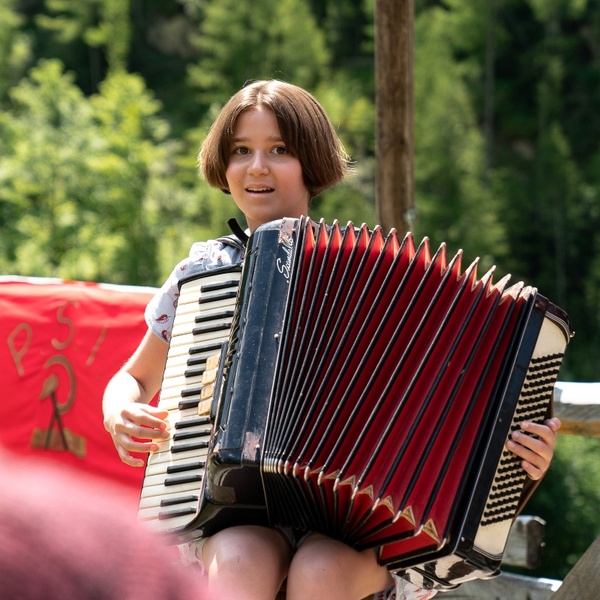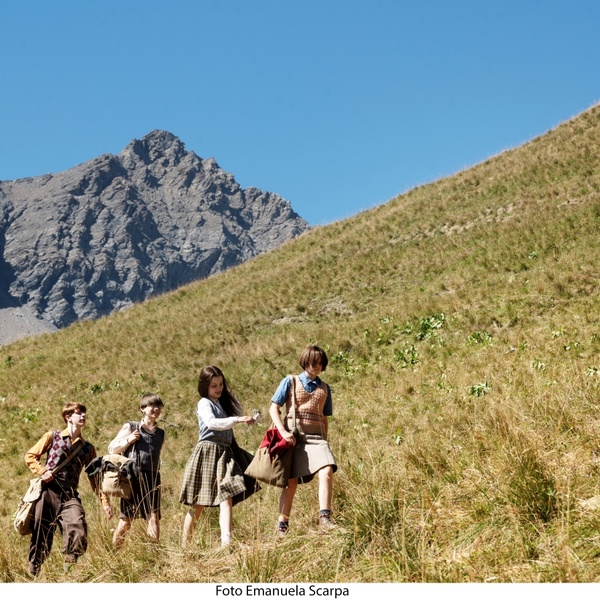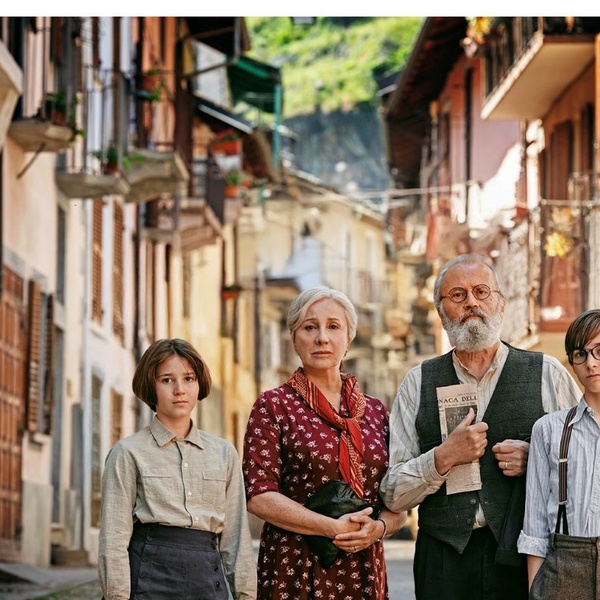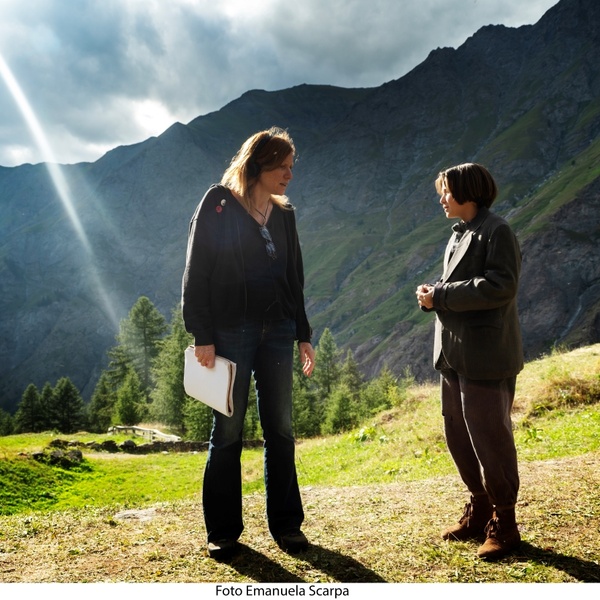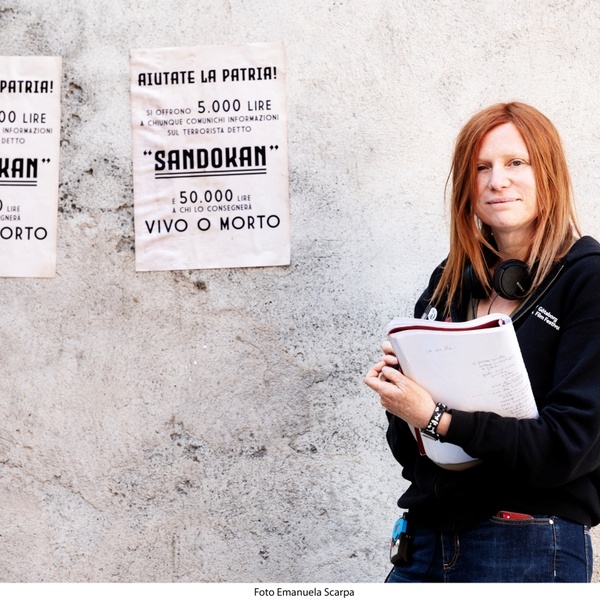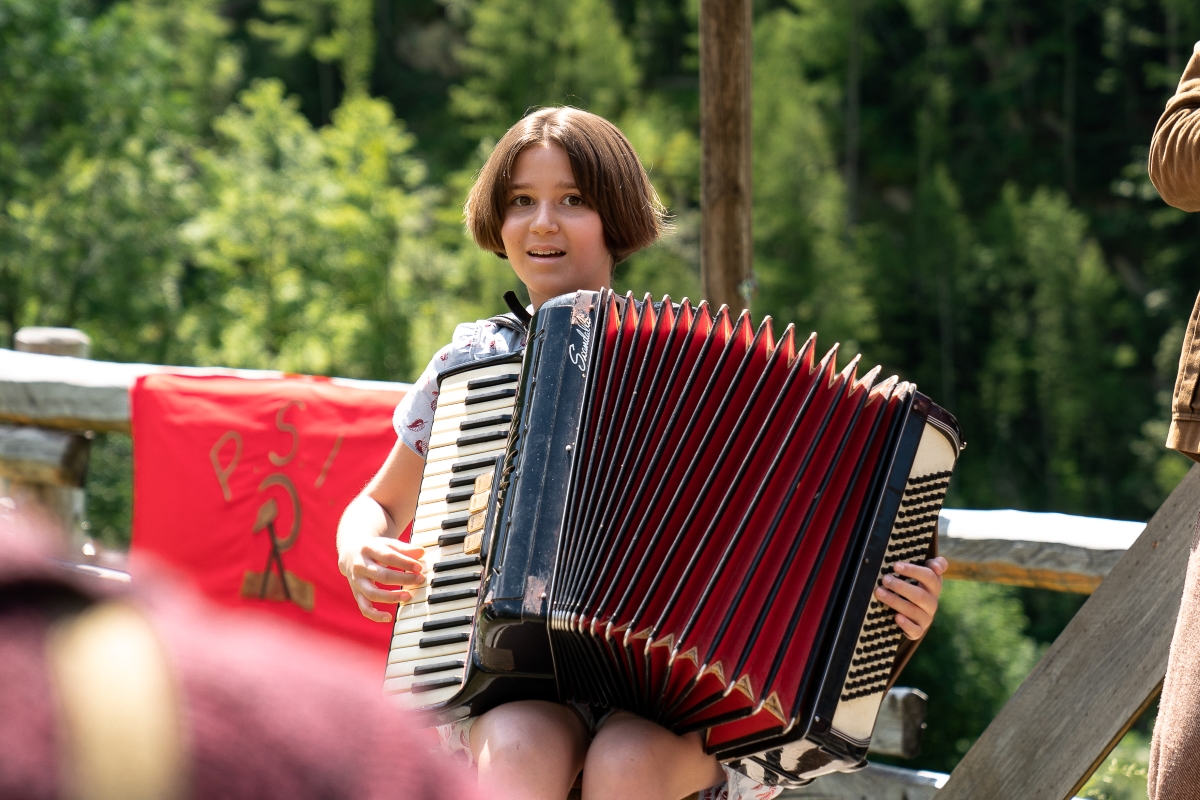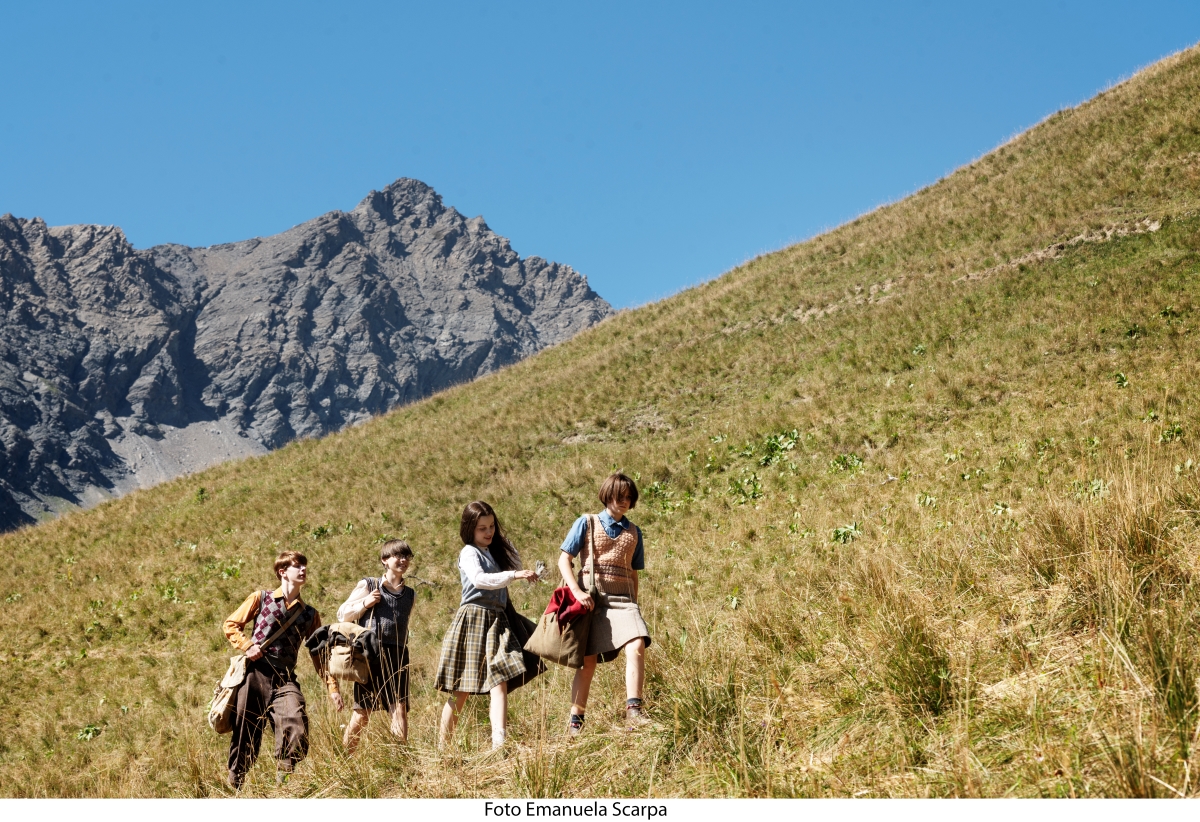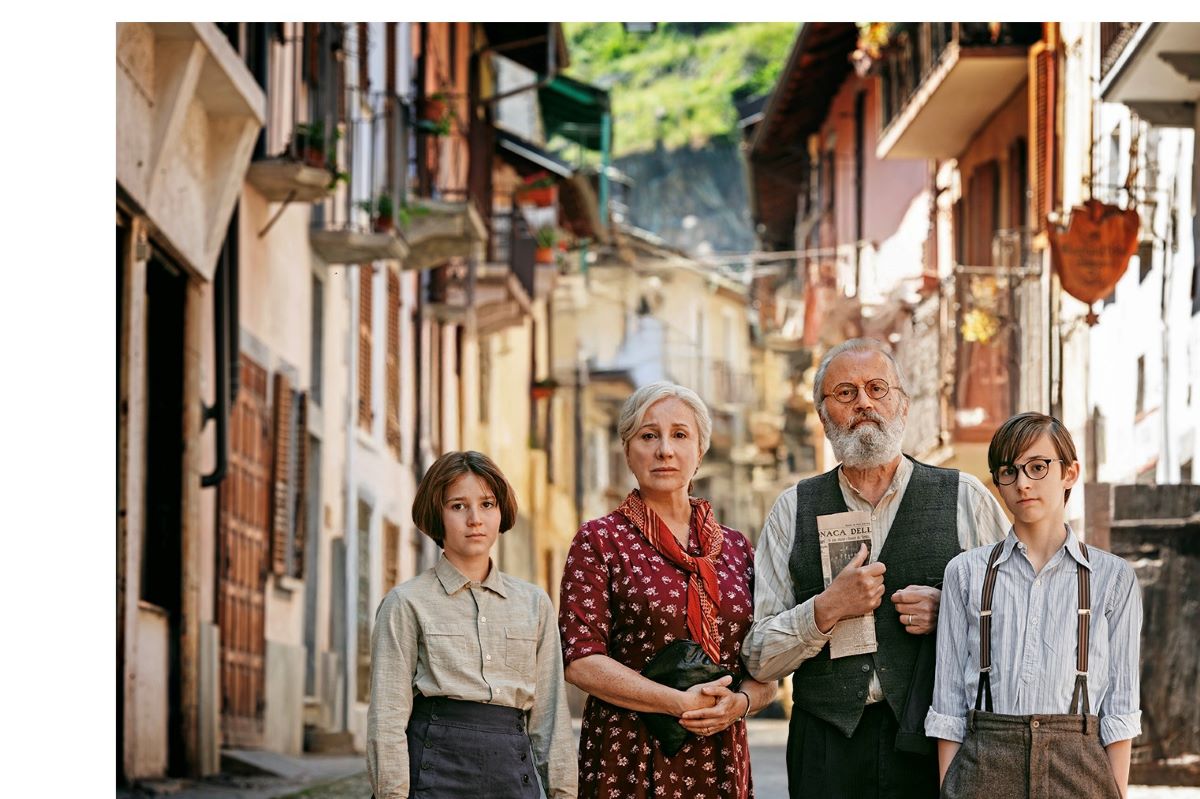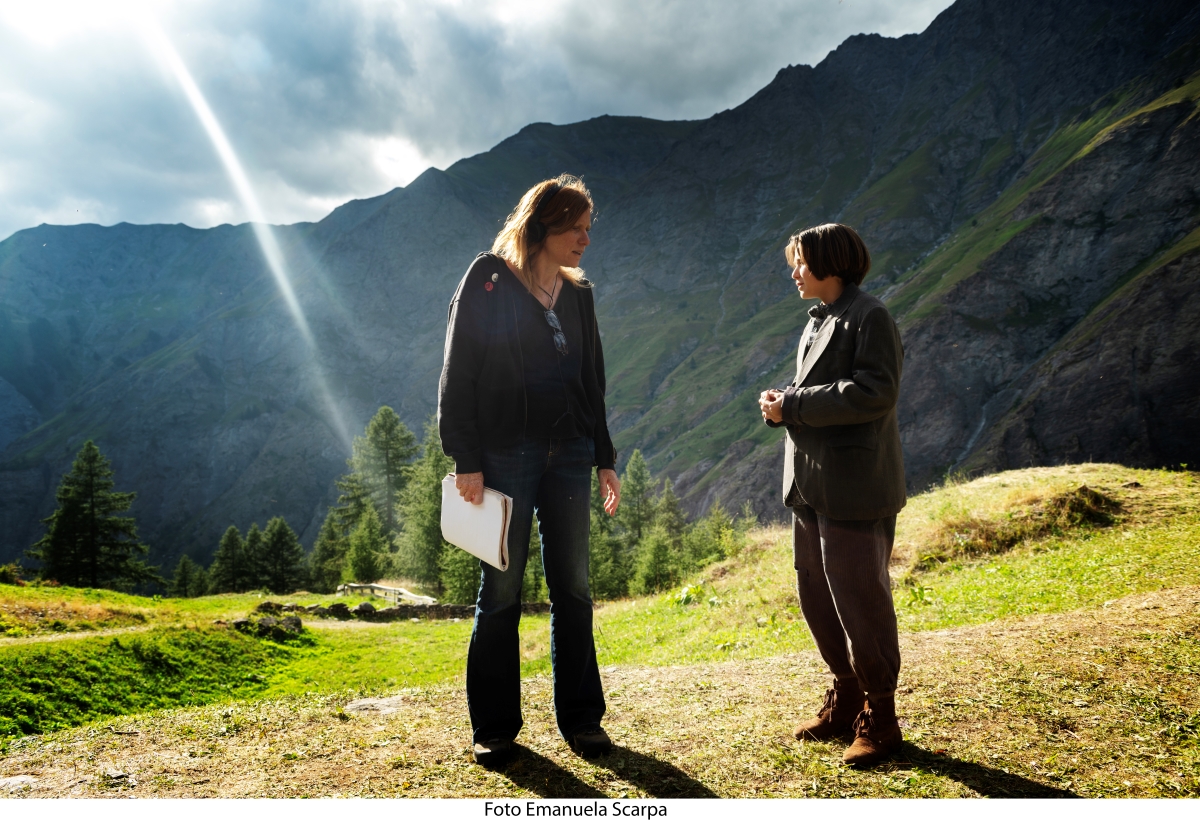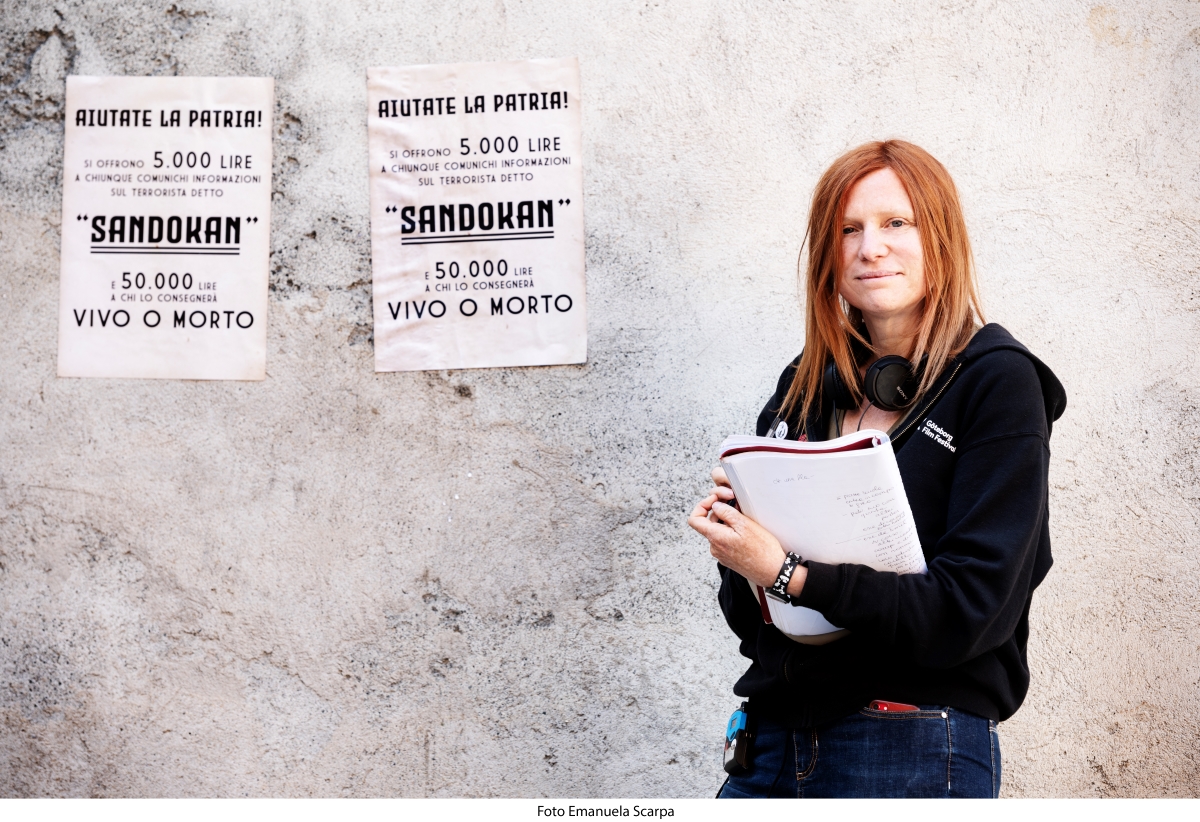Fireworks. The RAI series also in the Parks of the Cozie Alps.
April 22, 2025“The difficulty that the mountain presented us made the shooting more adventurous and allowed us to tell the theme of the Resistance in a more realistic way because it helped us better understand the type of environment and the obstacles that the partisans had to face during their actions.” Susanna Nicchiarelli narrates with words full of emotion and passion the 3 months spent in high Val di Susa in 2023 directing the filming of the series Fireworks airing on Rai 1 on April 15, 22, and 25 and available on demand on Raiplay. They are 6 episodes that tell the Resistance through the disenchanted gaze of Marta, a 12-year-old girl who becomes the mysterious and ghostly partisan Sandokan along with her brother Davide and friends Sara and Marco. The story is drawn from the eponymous book by Andrea Bouchard, published in 2015 and originally set in a not well-defined valley of the Piedmont Alps; the filming, for practical needs, took place between Exilles with its fortress, the hamlet of Rochemolles above Bardonecchia, and the Gran Bosco di Salbertrand Natural Park.
“The story unfolds at different altitudes – continues Nicchiarelli – between the Forte di Exilles where the Nazis' headquarters is and the prison where Matteo, Marta's older brother, is held, and the hamlet of Praverso set in Rochemolles. Higher up, the high mountain environments with the beautiful hamlet of Seu, where the partisan band takes refuge, and the Assietta plateau with those meadows as far as the eye can see where we filmed the beautiful shots that symbolically start the series and the entire story right at the beginning of the first episode. These two locations were the most stimulating discovery and challenge of the film.”
During the filming, Nicchiarelli moved with her entire family from Rome to Rochemolles, from where, during short breaks on set, she explored the surroundings through walks and excursions with overnight stays in a refuge.
“During the spring scouting, we had identified some places for filming, but many others were still unreachable due to the snow. Then, after starting to shoot, on a day off, I went with my children for a hike in the Gran Bosco di Salbertrand and was fascinated by the huts of Seu and the Arlaud refuge where we stopped for a snack. That place had to appear in the film, but how difficult it was to return there with the crew. Not to mention the Assietta, where we had dressed incorrectly and caught a great cold, even though it was August. I still get emotional every time I see those images because they remind me of the beauty of the landscapes and the complications of capturing them at their best. For example, the long waits to catch the sun peeking over a mountain that was shielding it. Or the sudden changes in weather, so that when it was time to shoot a reverse shot, the light was completely different because clouds suddenly materialized in the sky that weren’t there just moments before.”
For a park organization like the Protected Areas of the Cozie Alps, which has the task of managing and enhancing not only the environmental and ecological heritage of its territory but also its historical and cultural heritage, it is a point of pride to appear in a work of great value like Fireworks. The film, in fact, is also an important testimony to spread the values of the Resistance and liberation from Nazi-fascism because it addresses unfortunately still divisive issues, with that apparent naivety typical of children that actually hides deep truths. In the first episode, Marta faces an existential dilemma: “I don’t want to help anyone kill someone else!” – “Under a regime, peace could be worse than war,” Marco replies. Exactly the same choice that in those dramatic months of World War II led many men and women – in some cases even children – to embark on the path of struggle to liberate our country from enemy domination and dictatorship.
“We have tangibly seen that the Resistance in the Susa Valley is still very present in people's lives. Many came to tell us a direct testimony or a memory of those dramatic months knowing that we were filming a movie on the theme. One day we had to adorn the central streets of Exilles with drapes and Nazi flags to stage a military parade. As soon as the filming was over, we hurried to remove everything because the discomfort of the inhabitants was palpable in seeing those symbols displayed at the doors and windows of their homes. Until, on the day that the celebration of Liberation was represented, many inhabitants and residents took to the streets for a sort of parallel celebration to what the actors were performing in front of the cameras.”
You might also be interested in...
- campaign Cycling in the Parks: Yes, but...
- campaign Only if necessary. Motor vehicles in the Parks
- campaign The mushrooms: a heritage of the environment and popular traditions
- campaign The foundational prohibition of parks: hunting
- campaign Val Troncea: divieto di attività alpinistica in area di pregio naturalistico
- campaign Redevelopment of the Fontana della Gerpula Trail - Amprimo Refuge
- campaign Lakes of Avigliana: closure of the walkway
- campaign Drops of change at the Valsusa Filmfest
- campaign Drops of change in the Cozie Alps Parks
- campaign Mosquito project: meetings with the population
 Territory
Territory
